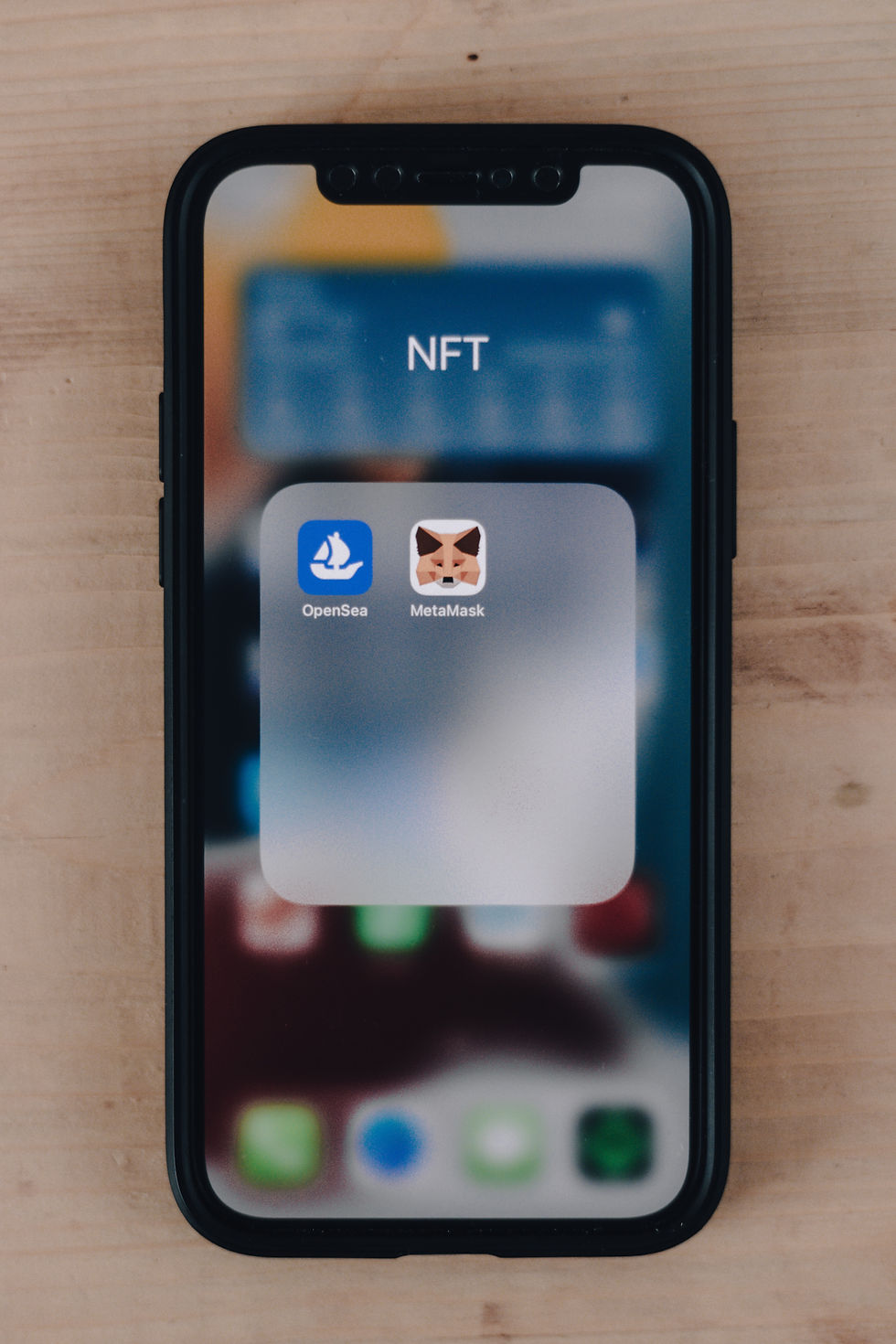The Dynamic Confluence of NFTs and DAOs: A New Digital Frontier
- NFT-Tokenizer.com
- Sep 26, 2023
- 2 min read
Introduction:
The digital realm is witnessing an evolutionary convergence between Non-Fungible Tokens (NFTs) and Decentralized Autonomous Organizations (DAOs), both of which are underpinned by smart contract technology. This fusion is redefining the governance and ownership paradigms of digital assets and organizations. NFTs, with their unique and indivisible nature, represent a new form of asset ownership, while DAOs herald a decentralized governance model. When intertwined, they unlock novel avenues for collaboration, value creation, and community-building. This article delves into the symbiotic relationship between NFTs and DAOs, exploring the myriad ways they interact, the benefits they offer, and the challenges they pose.

Understanding the Core Concepts:
NFTs: Non-Fungible Tokens are cryptographic tokens representing unique digital assets like art, music, or collectibles. Unlike cryptocurrencies like Bitcoin or Ethereum, each NFT is distinct and cannot be exchanged on a one-to-one basis with any other token.
DAOs: Decentralized Autonomous Organizations are member-driven entities that operate through consensus mechanisms, allowing for decentralized governance and decision-making.
The Symbiotic Interaction:
Collector DAOs: These DAOs amalgamate funds to acquire and manage NFTs, enabling collective ownership of high-value digital assets. Examples include APE DAO, Flamingo DAO, and PleasrDAO.
Creator DAOs: Aimed at supporting NFT creators, these DAOs provide financial backing, exposure, and collaborative platforms for artists. Friends With Benefits, Forefront, and Seed Club are pioneering this space.
Platform DAOs: Operating NFT marketplaces like OpenSea or Rarible, these DAOs democratize platform governance, allowing users to have a say in the platform's evolution.
The Upsides of Convergence:
Democratic Governance: The amalgamation democratizes ownership and decision-making in digital realms.
Empowerment: Creators and collectors gain more control and influence over their assets and collections.
Community and Collaboration: A sense of community and collaborative ethos is fostered among like-minded individuals.
Revenue and Value Creation: New revenue streams and value creation avenues emerge for both creators and collectors.
Navigating the Challenges:
Technical Hurdles: Smart contract vulnerabilities could pose risks like hacks or exploits.
Legal Ambiguities: The legal framework surrounding NFTs and DAOs remains uncertain, posing regulatory challenges.
Conflict Resolution: DAOs may face internal conflicts or disputes that could hinder operations.
Efficiency vs Decentralization: Striking a balance between efficiency and decentralization is a critical consideration for DAOs.

Conclusion: The confluence of NFTs and DAOs is a promising frontier in the digital ecosystem, fostering new collaboration forms, participation, and value creation. However, the journey is laden with technical, legal, and operational challenges that necessitate a responsible and ethical approach to exploration and adoption.
Sources:





Comments